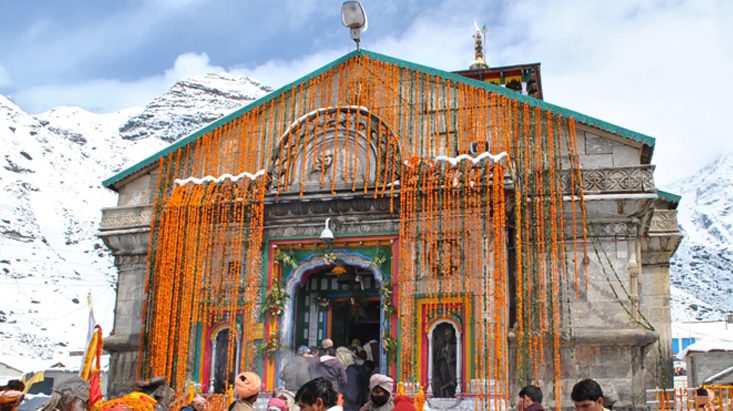 admin
Updated on: December 11, 2018
admin
Updated on: December 11, 2018
Badrinath Kedarnath – Do Dham Yatra
In Hinduism, the trinity of God has much significance where the Lord Brahma, Vishnu and Mahesh have been personified in the form of creator, preserver and destroyer respectively. And the best form of the trinity can be visualized perfectly at Uttarakhand. The state that proudly hosts the most sacred Chardham Yatra and that includes a visit to four most popular shrines namely Yamunotri, Gangotri, Kedarnath and Badrinath. The Chardham Yatra is a spiritual expedition that symbolically means four pious abodes of God.
Out of all these four abodes of God, the Badrinath Kedarnath Yatra has much significance. The Badrinath Kedarnath Yatra that together forms the Do Dham Yatra take you to the Himalayan valleys of Uttarakhand where the famous Badrinath Temple and Kedarnath Temple respectively can be visited.
Kedarnath Dham – Rudraprayag
The sacred journey to both these shrines can be started from Haridwar where a holy dip in River Ganges sanctifies everyone’s moods. And then the pilgrims make their start to Kedarnath Temple to start their Do Dham Yatra. The Kedarnath Dham Temple is basically devoted to Lord Shiva. The temple is being elevated at an altitude of 3584 m above the sea level near the Mandakini River. It’s undoubtedly a very popular destination where huge amounts of pilgrims make their visit to receive blessings of the Almighty Shiva and according to a legend it is one of the twelve jyotirlingas of Kedar out of almost 200 shrines dedicated to Lord Shiva in Rudraprayag district.
The temple of Kedarnath was being built by Adi Shankaracharya with gray stone. It’s a very ancient structure known for its grand architecture of 7th Century. Legend says Pandavas performed a strong penance to please Lord Shiva in Kedarnath. After having won the war against the Kauravas, the Pandavas felt guilty and wanted to seek blessings of Lord Shiva for redemption who was eluding them. Lord Shiva took refuge in Kedarnath in the form of a bull and dived into the ground leaving his hump on the surface. Since then, the devotees come here to seek blessings and redemption from Lord Shiva.
The best time to visit the Kedarnath Temple is from the end of April to the beginning of November and one can reach there after a trek of 14km through a paved road from Gaurikund. Gaurikund is connected by road from Haridwar, Dehradun, Rishikesh and some other regions of Uttarakhand. The nearest airport is Jolly Grant in Dehradun while the nearest station is Rishikesh.

Badrinath Dham – Chamoli
Your expedition to Chota Chardham can be concluded at the Badrinath Dham where the meditative shrine of Lord Vishnu can mesmerize you completely. The Badrinath Temple has great significance in Chardham Yatra since it reflects the dedication to mankind. It is being believed that Lord Vishnu meditated under the Badri Tree for 1000 continuous years for the welfare of mankind and followed by that the Badrinath Temple was being created to visit Lord Vishnu’s distinct images.
The town of Badrinath lies between Nar and Naryana mountain ranges and in the shadow of Nilkantha peak, 301 km north of Rishikesh at Chamoli district. The town is located at an elevation of 3,133mts above sea level on the left bank of Alakananda River. The Badrinath is also a worthwhile place to visit Panch Prayag namely Devprayag, Rudraprayag, Nandprayag, Karnaprayag and Vishnuprayag.

Best Time to Visit Badrinath Temple
Summers: (March to June) are very pleasant with moderate climate, with average around 18°C. Summers are ideal for all sightseeing and pilgrimage.
Monsoons: (July to October) are accompanied with scanty rains and also temperature drops down to 15°C.
Best time to visit: The ideal time or peak season to go for a Char Dham Yatra is from April-May to October, except monsoons.

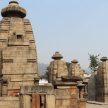
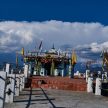



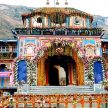
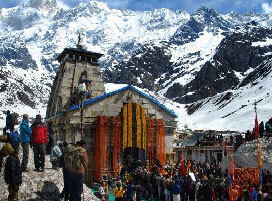
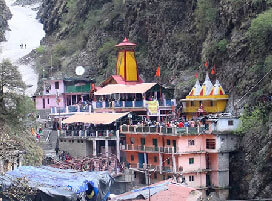
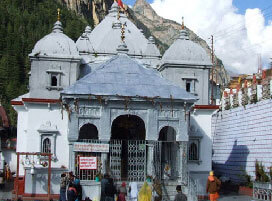
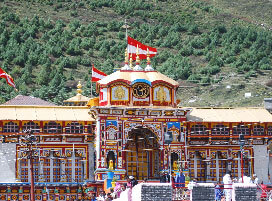
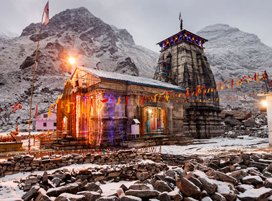

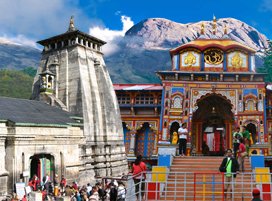
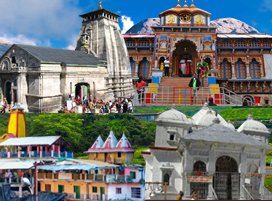
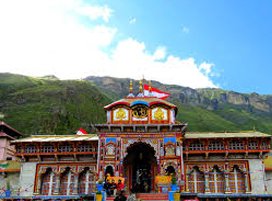
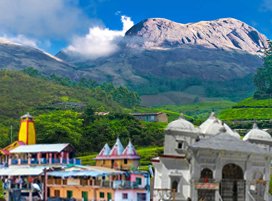
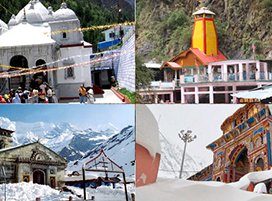
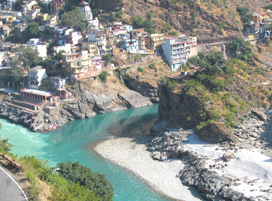
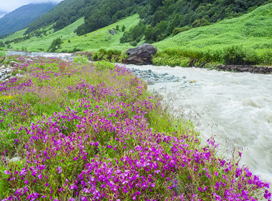
 Share
Share Home
Home Packages
Packages Book Now
Book Now